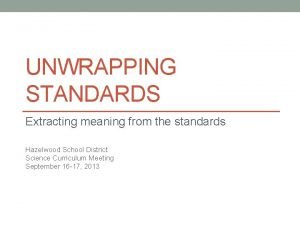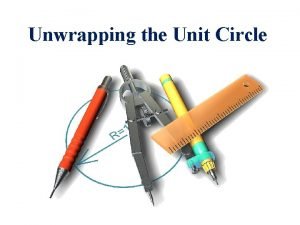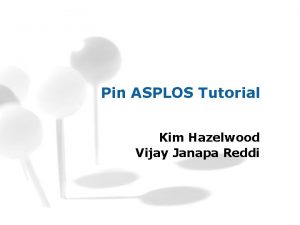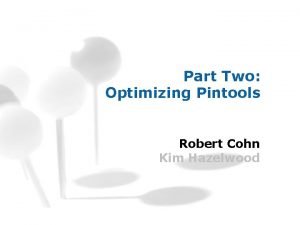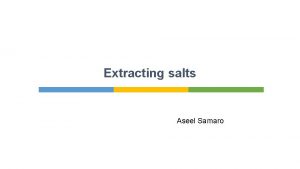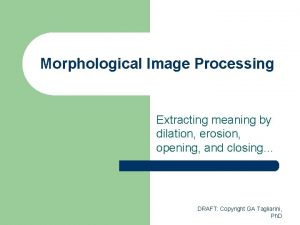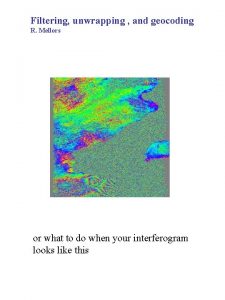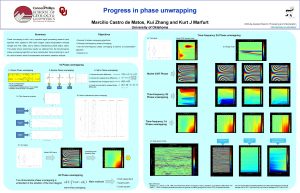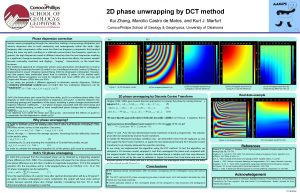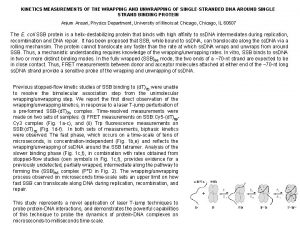UNWRAPPING STANDARDS Extracting meaning from the standards Hazelwood




















- Slides: 20

UNWRAPPING STANDARDS Extracting meaning from the standards Hazelwood School District Science Curriculum Meeting September 16 -17, 2013

Why we unpack standards • So that we know… 1. What students need to know (concepts) 2. What students need to able to do (skills) 3. What we will use to teach the concepts and skills (Instructional strategies)

How to unwrap a standard • Select the standard and indicator (level) • Underline nouns (concepts) and circle verbs (skills) • Create a graphic organizer to organize the information • Use the information from the graphic organizer to write learning targets

Graphic Organizer Know (Concepts) Skills (Be Able to Do)

Example #1 • Predict the movement of molecules across a selectively permeable membrane (i. e. , diffusion, osmosis, active transport) needed for a cell to maintain homeostasis given concentration gradients and different sizes of molecules

Graphic Organizer Know (Concepts) • • • Molecules (different size) Methods of transport (diffusion, osmosis, active transport) Selectively permeable membrane Homeostasis Concentration gradients Skills (Be Able to Do) • Predict

Developing Learning Targets • Recognize that molecules range in size and properties • Describe the main methods of cells transport (diffusion and osmosis, active transport) • Understand the structure of a cell membrane • Explain what selectively permeable means • Understand how homeostasis works • Know what a concentration gradient is

Student Friendly Learning Target • I can sort molecules based on their sizes and properties (charge) • I can compare and contrast the main types of cell transport • I can describe the structure of the cell membrane and label its parts on a diagram • I can explain how membranes are selectively permeable • I can define homeostasis and provide examples of how it works in organisms

Assessing the standard • Given random, unpredictable scenarios, students should be able to predict the movement of molecules through a selectively permeable membrane to maintain homeostasis within an organism

Important points • Each of these learning targets will assist with the overall mastery of the standard • In other words, in order for students to predict the movement…, they must be well versed in all of the learning targets • The standard is what is assessed • The goal is consistent responses

Assessing the Standard • The standard is what is assessed on the state exam • You should assess each learning target, individually and in a group • CANNOT assess at a DOK level above that which you taught • DOK listed on the standards is the minimum level at which the standard can be assessed in the classroom but the maximum as which the standard will be assessed on the state exam

Example #2 • compare and contrast the common properties of metals, nonmetals, metalloids (semi-conductors) and noble gases

Graphic Organizer Know (Concepts) *Properties of Metals Properties of Nonmetals Properties of metalloids Properties of noble gases * What are properties? Skills (Be Able to Do) Compare Contrast

Developing Learning Targets • Describe properties of metals • Describe properties of non-metals • Describe properties of metalloids • Describe properties of noble gases

Student Friendly Learning Targets • I can describe the properties (characteristics) of metalloids

Assessing the standard • I can compare and contrast the properties of metals, non-metals, metalloids, noble gases or • I can examine metals, non-metals … and explain how they are similar to and different from each other or • I can distinguish between metals, non-metals, metalloids and noble gases

Example #3 • Represent and analyze the motion of an object graphically

Graphic Organizer Know (Concepts)QA! Skills (Be Able to Do) Motion of an object Represent (graphically) Analyze (graphically)

Developing Learning Targets • Define motion • Describe factors that affect the motion of an object - Distance - Time • Create motion diagram

Student Friendly Learning Targets • I can define motion • I can discuss factors that affect the motion of an object • I can use data to create a motion diagram • I can interpret a motion diagram
 Unwrapping standards
Unwrapping standards Extracting data from xml
Extracting data from xml Dna extraction from wheat germ
Dna extraction from wheat germ Unwrapping the unit circle
Unwrapping the unit circle Captain hazelwood
Captain hazelwood Hazelwood v. kuhlmeier summary
Hazelwood v. kuhlmeier summary Hazelwood v kuhlmeier constitutional principle
Hazelwood v kuhlmeier constitutional principle Hazelwood school district vs. kuhlmeier
Hazelwood school district vs. kuhlmeier Hazelwood school district boundary map
Hazelwood school district boundary map Kim hazelwood
Kim hazelwood Kim hazelwood
Kim hazelwood Hát kết hợp bộ gõ cơ thể
Hát kết hợp bộ gõ cơ thể Frameset trong html5
Frameset trong html5 Bổ thể
Bổ thể Tỉ lệ cơ thể trẻ em
Tỉ lệ cơ thể trẻ em Gấu đi như thế nào
Gấu đi như thế nào Chụp phim tư thế worms-breton
Chụp phim tư thế worms-breton Chúa sống lại
Chúa sống lại Môn thể thao bắt đầu bằng từ đua
Môn thể thao bắt đầu bằng từ đua Thế nào là hệ số cao nhất
Thế nào là hệ số cao nhất Các châu lục và đại dương trên thế giới
Các châu lục và đại dương trên thế giới
